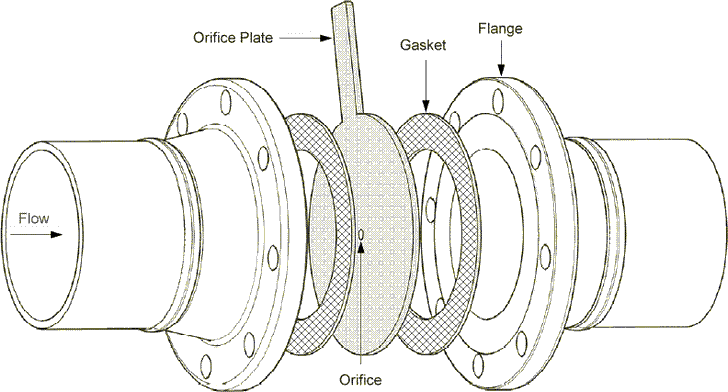YungPlantEng
Chemical
Most manufacturers recommend against group trapping due to backpressuring of the separate legs and potential flooding / hammer.
Are there cases where group trapping is either possible or preferred? We have a trace system where there are a large amount of vertical nozzles requiring heat trace. These all relieve via thermodynamic disc traps to a common condensate return to boiler feed water tank, which poses reliability issues when they fail open causing flooding.
It has been difficult to monitor trap reliability due to location in the plant and the vast amount of traps there are on the tank. A senior technician (who I regard as probably one of the most intelligent person I have had the privilege of working with) asked whether there was a way to simplify the amount of traps required through group trapping from a common header.
TLV raises some points about potentially using an oversized header to reduce issues but I was wondering if there was any concrete literature or studies on this.
Are there cases where group trapping is either possible or preferred? We have a trace system where there are a large amount of vertical nozzles requiring heat trace. These all relieve via thermodynamic disc traps to a common condensate return to boiler feed water tank, which poses reliability issues when they fail open causing flooding.
It has been difficult to monitor trap reliability due to location in the plant and the vast amount of traps there are on the tank. A senior technician (who I regard as probably one of the most intelligent person I have had the privilege of working with) asked whether there was a way to simplify the amount of traps required through group trapping from a common header.
TLV raises some points about potentially using an oversized header to reduce issues but I was wondering if there was any concrete literature or studies on this.



